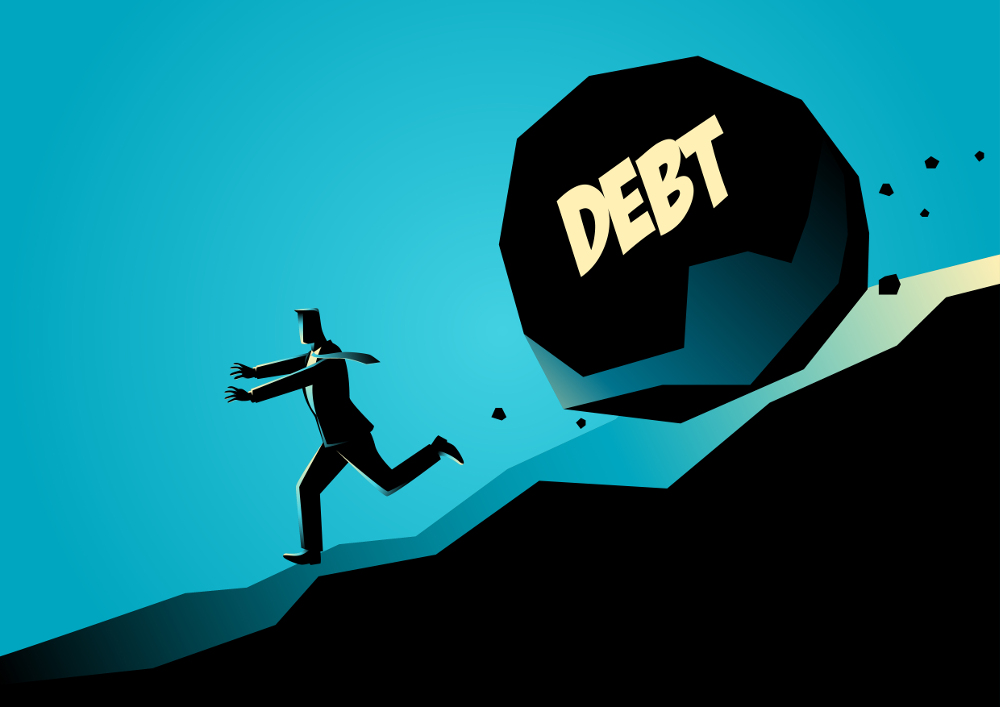You’re considering debt relief to get you out from under all those lingering credit card balances, but you aren’t sure which kind of relief is best for your situation. After all, there are key factors to consider for each option. Here is what you need to know when evaluating credit card debt relief options.
What is Debt Relief?
It depends. It could mean changes in your interest rate or payment terms, or it could be a new loan or a reduction in the amount you owe. Ultimately, it means any solution that makes your payments more affordable so that you wind up debt free.
Are You a Good Debt Relief Candidate?
This is important to consider before you sign off on a program. Debt relief may be a good option for you if you’re delinquent on your credit card accounts or other unsecured obligations, or if you’re not yet behind but you’re having problems making payments. You also may be a prime candidate if you’ve tried to handle your debts yourself but aren’t getting anywhere, or if you’ve thought about filing bankruptcy.
What’s for sure is that no option will work if your debts keep mounting due to continued spending, or if you aren’t serious about paying off your debt.
Credit Counseling
Here, you’ll go over your financial situation with a certified counselor who can help you create a budget and see where your money’s going. You can also get help formulating a doable debt repayment plan. Oh, and most services are offered by non-profit agencies and are usually free or low cost.
To be sure you’re getting the best agency possible, make sure it’s accredited with the Financial Counseling Association of America or the National Foundation for Credit Counseling.
Debt Management Plans
If your situation needs more than tweaking, the credit counselor may suggest a debt management plan, also known as a DMP. With this approach, you’ll select the debts you wish to enroll and make a single monthly payment, which is disbursed to your creditors as laid out in your plan. There’s no loan involved, and you might be able to get a better rate or have fees waived. You still must repay the whole principal owed, however.
Debt Settlement
With this form of credit card relief, you’ll get a company such as Freedom Debt Relief to go to your creditors to see if they’ll settle your debt in exchange for a one-time payment in full of an amount that’s less than what you owe. Creditors typically go along because they realize that your alternate move is bankruptcy, which would likely net them a fat goose egg. Rather than pay creditors directly, your “settlements” will be paid through a savings account that you set up and use as leverage.
Debt Consolidation
With this strategy, you’ll roll your high-interest credit card debts into a single payment through a debt consolidation loan or 0%-interest balance transfer card. Either way, your payments will be streamlined since you’ll only have a single payment to concern yourself with, rather than multiple debts of varying amounts and due dates. You’ll need good credit to come out on top with this option, though.
When evaluating your credit card debt relief options, do the best you can to size up your financial situation against each. Then once you decide, see the program all the way through. You didn’t get into trouble overnight, so you’ll need to be patient as well as persistent. If you are, you’ll be rewarded.

